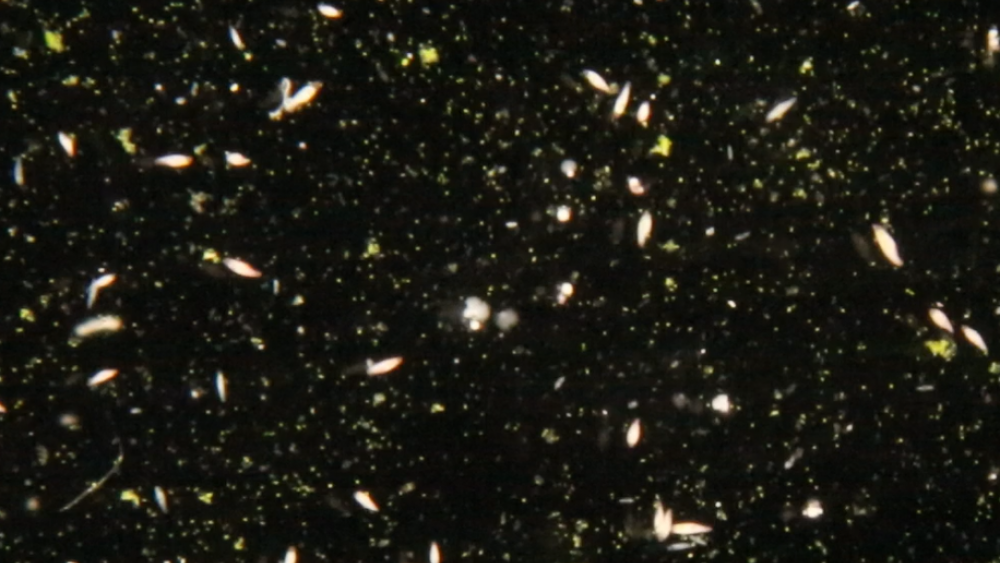
Eco-Evolutionary Dynamics

Group profile

Experimental protist community. | Photo: Lynn Govaert
We focus on the interaction between ecological and evolutionary processes, how these processes shape community and ecosystem dynamics in time and space, and quantify the relative importance of these processes to community and ecosystem dynamics in time and space.
Within a community, trait variation is structured at different levels: between species (interspecific), within species among individuals (intraspecific and interindividual) and within individuals (intra-individual). Ecological communities facing environmental change will respond with trait change via processes occurring at these three different levels: ecological (e.g. via changes in relative abundances of species), evolutionary and eco-physiological (e.g. phenotypic plasticity) processes.
Given that global change results in drastic alterations of environments, we need to understand how natural communities respond to these ongoing changes. In order to improve predictions of natural systems to such environmental change, we integrate trait change and variation occurring via ecological, evolutionary and eco-physiological processes and quantify how these processes contribute to and shape community trait change. We focus on answering two main questions:
- When do we expect strong interactions between ecological and evolutionary processes in structuring community dynamics facing environmental change?
- How relatively important are ecological versus evolutionary processes in structuring community dynamics in response to environmental change?
To answer these questions, we develop conceptual frameworks, eco-evolutionary partitioning metrics and theoretical models. We then apply theoretical developments to experimental protist communities in the laboratory.
















